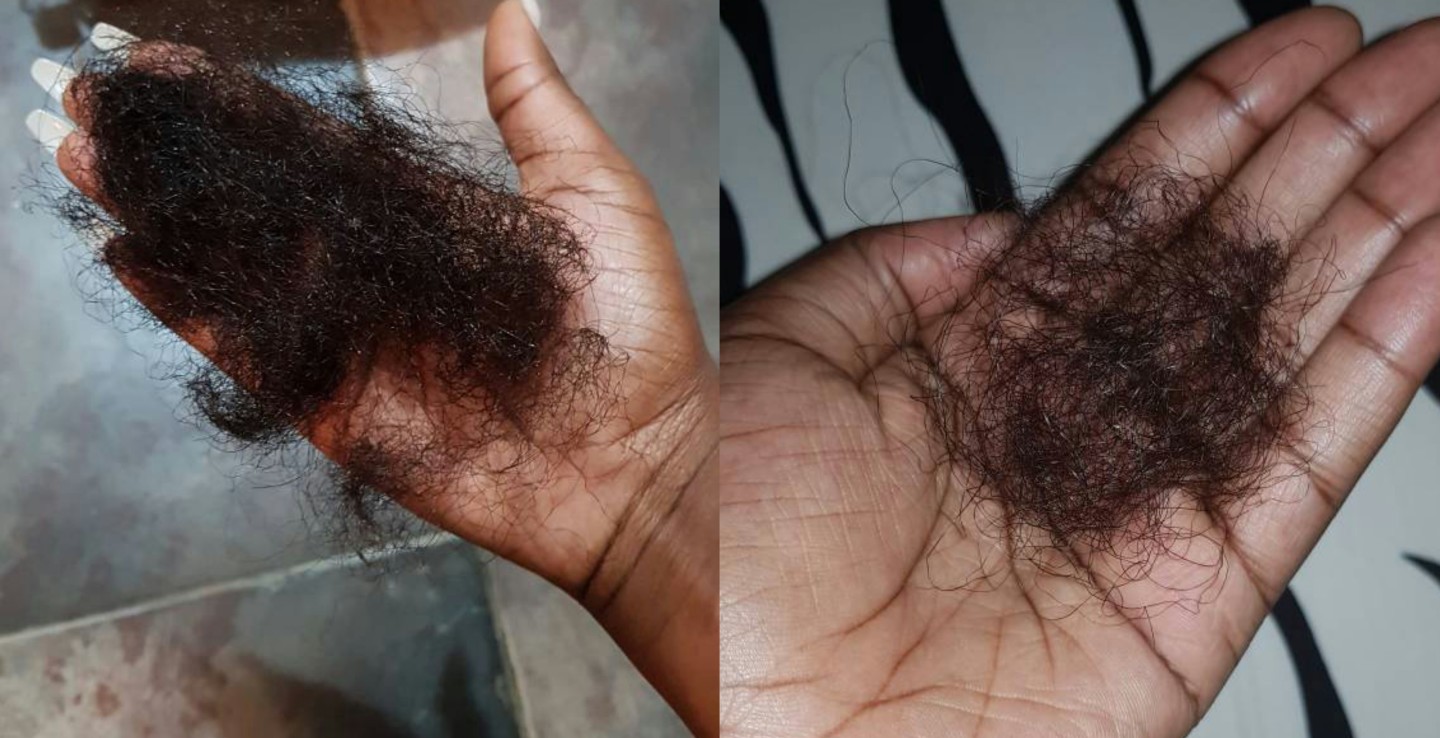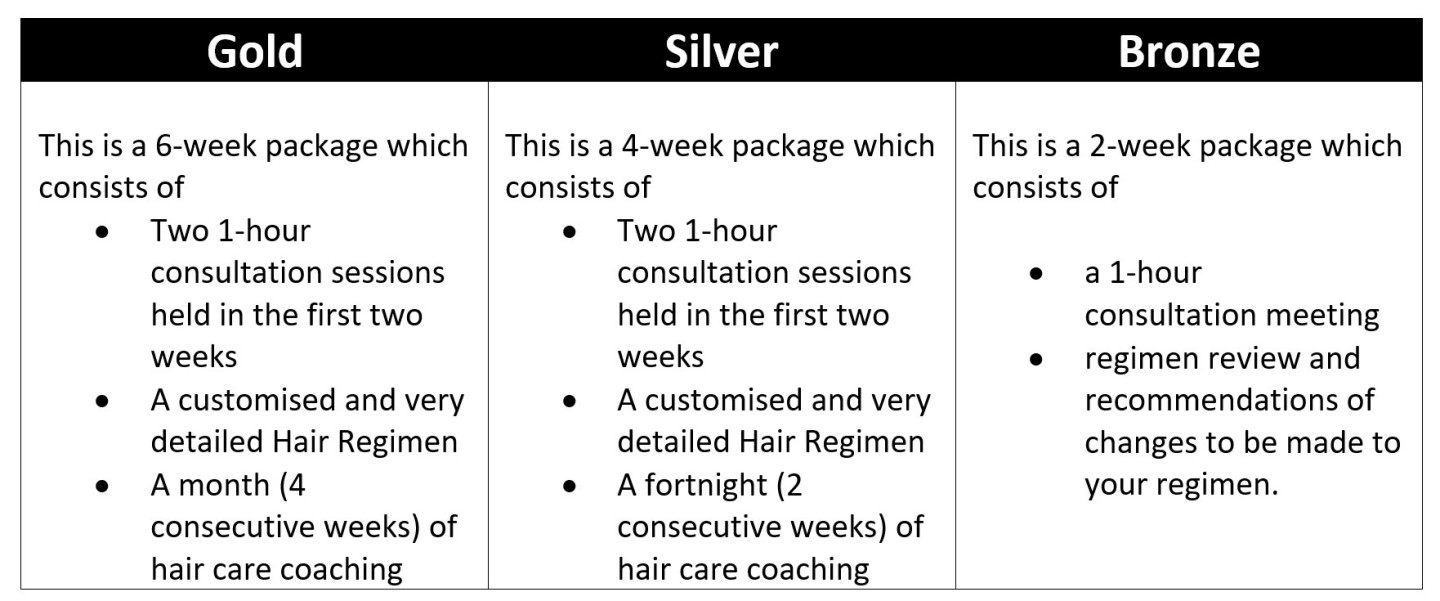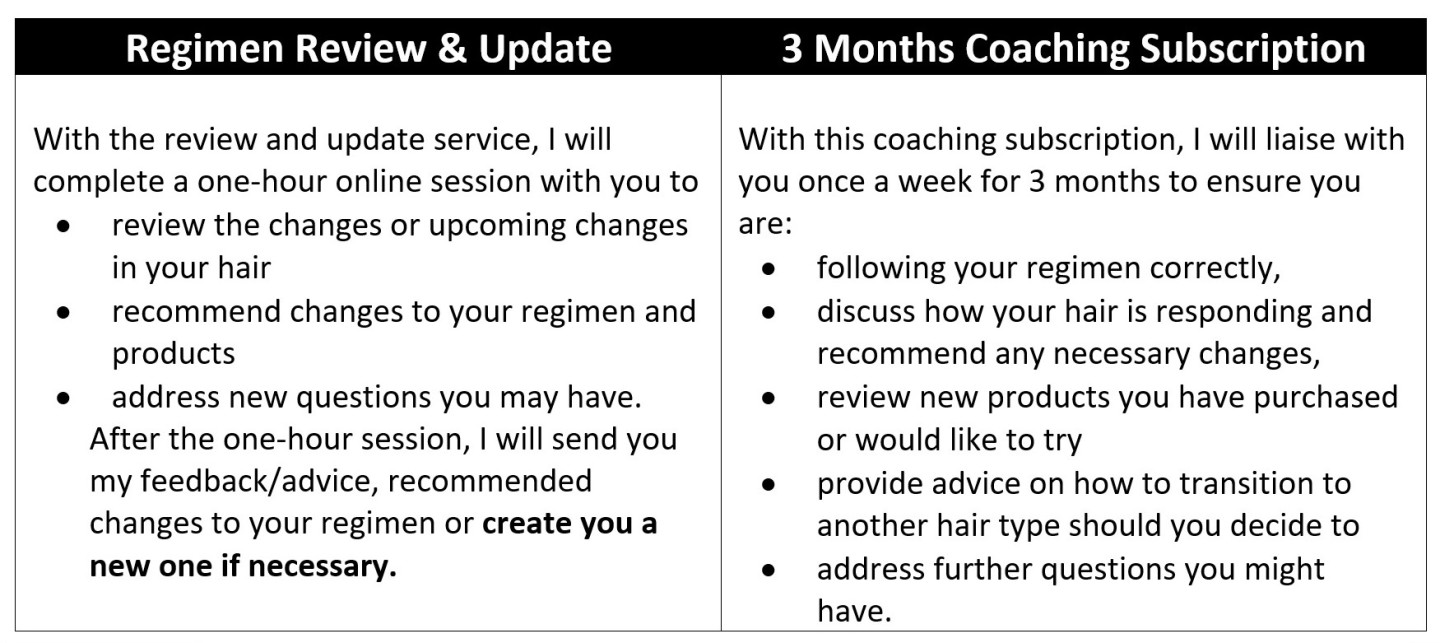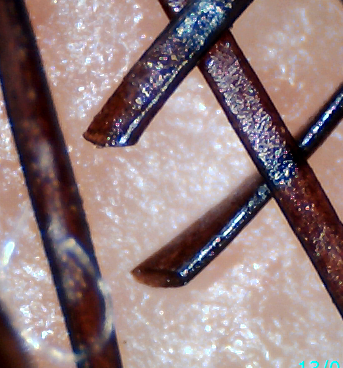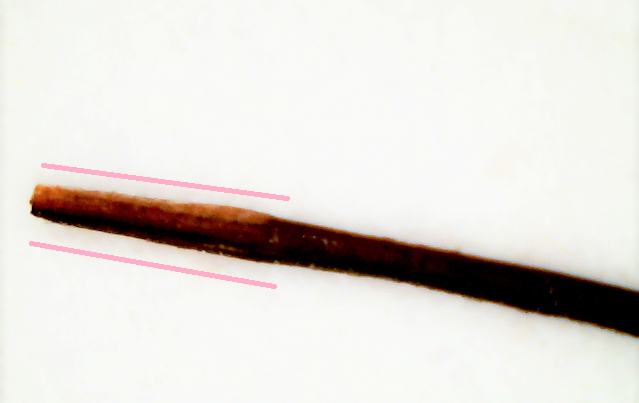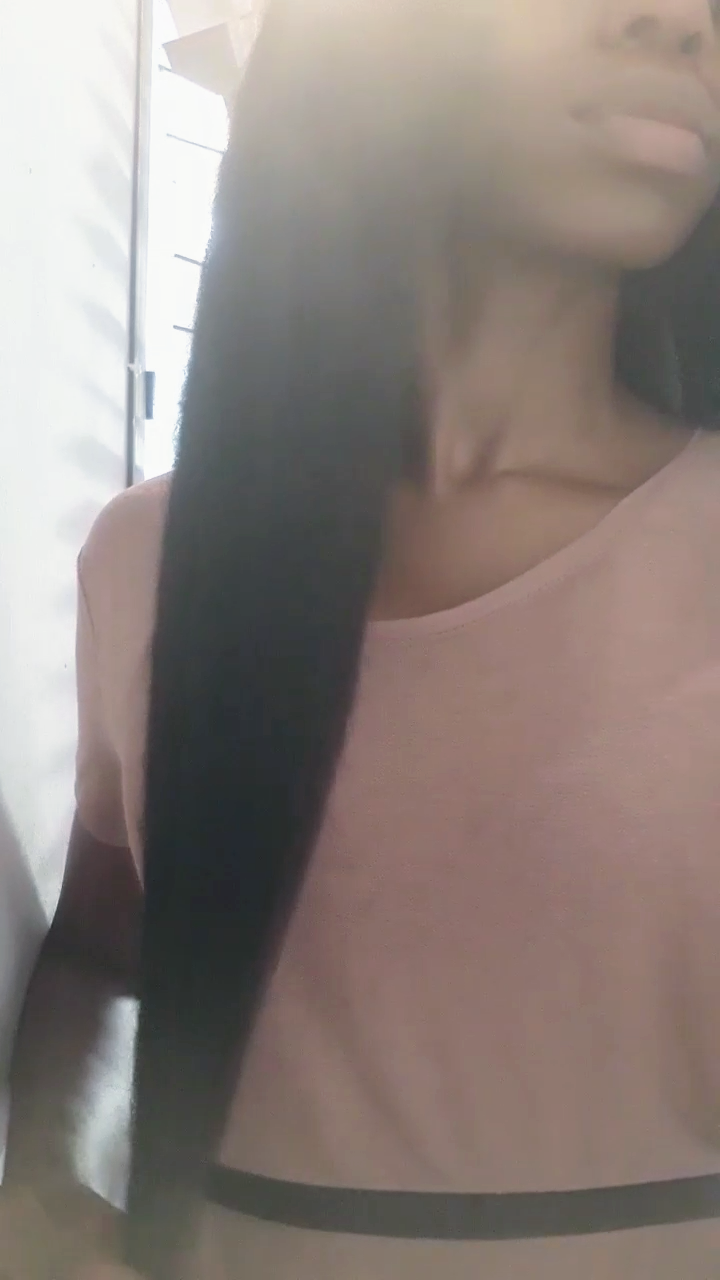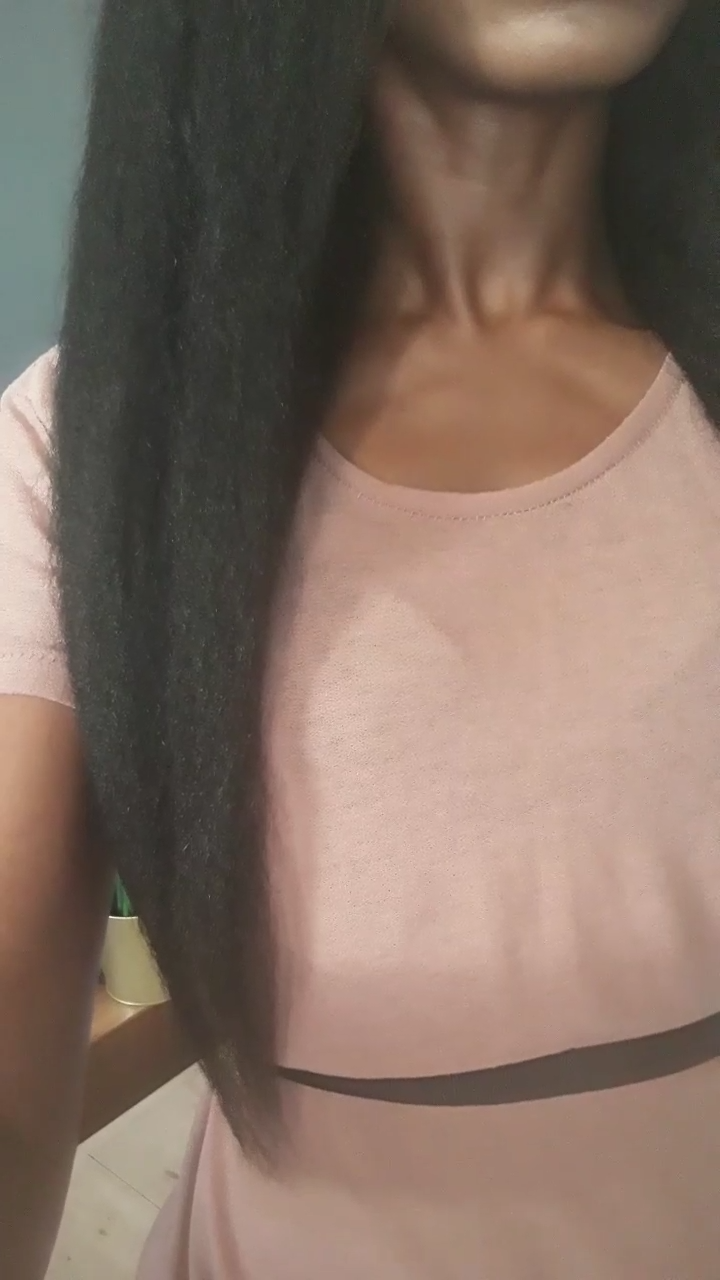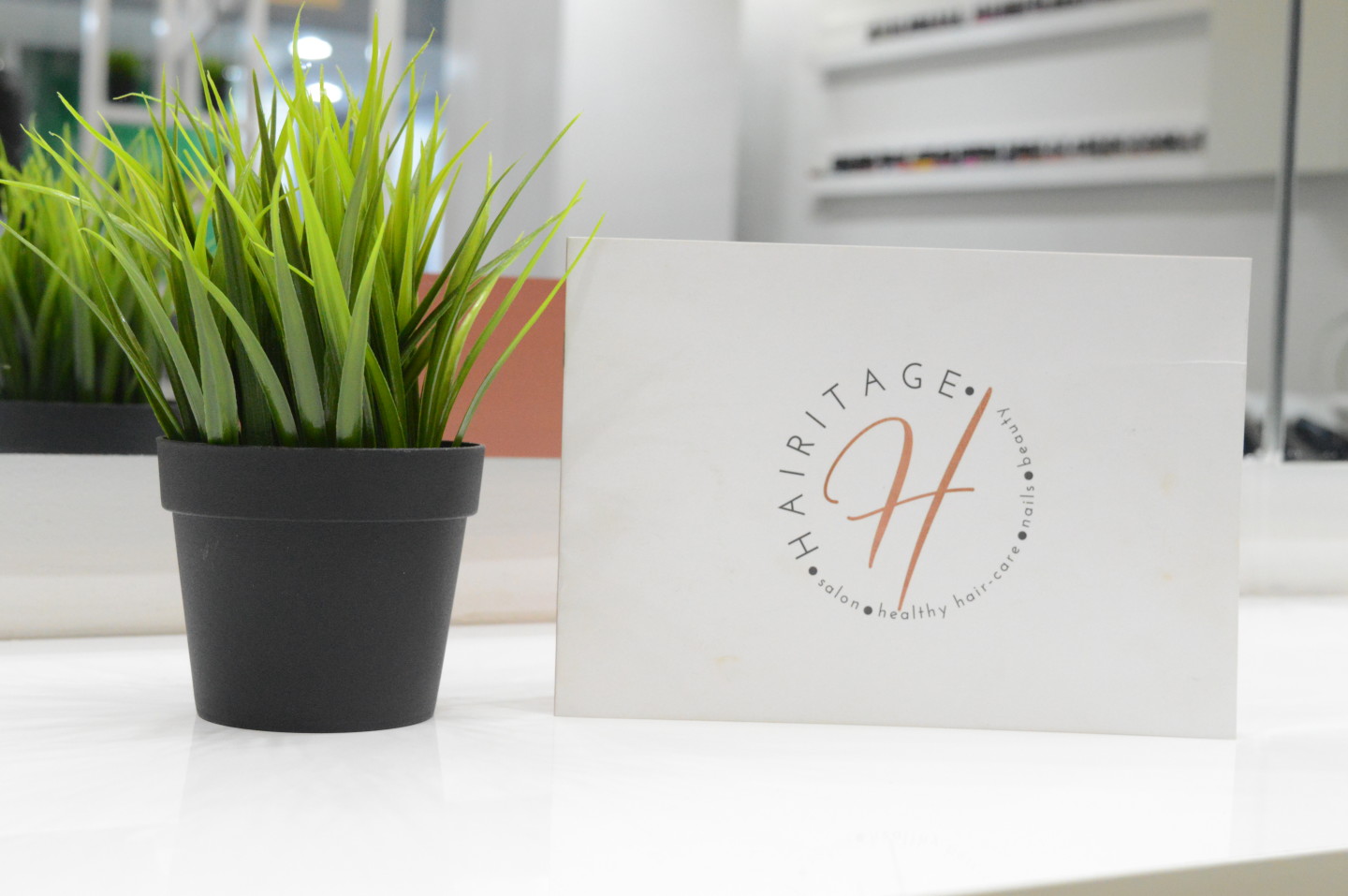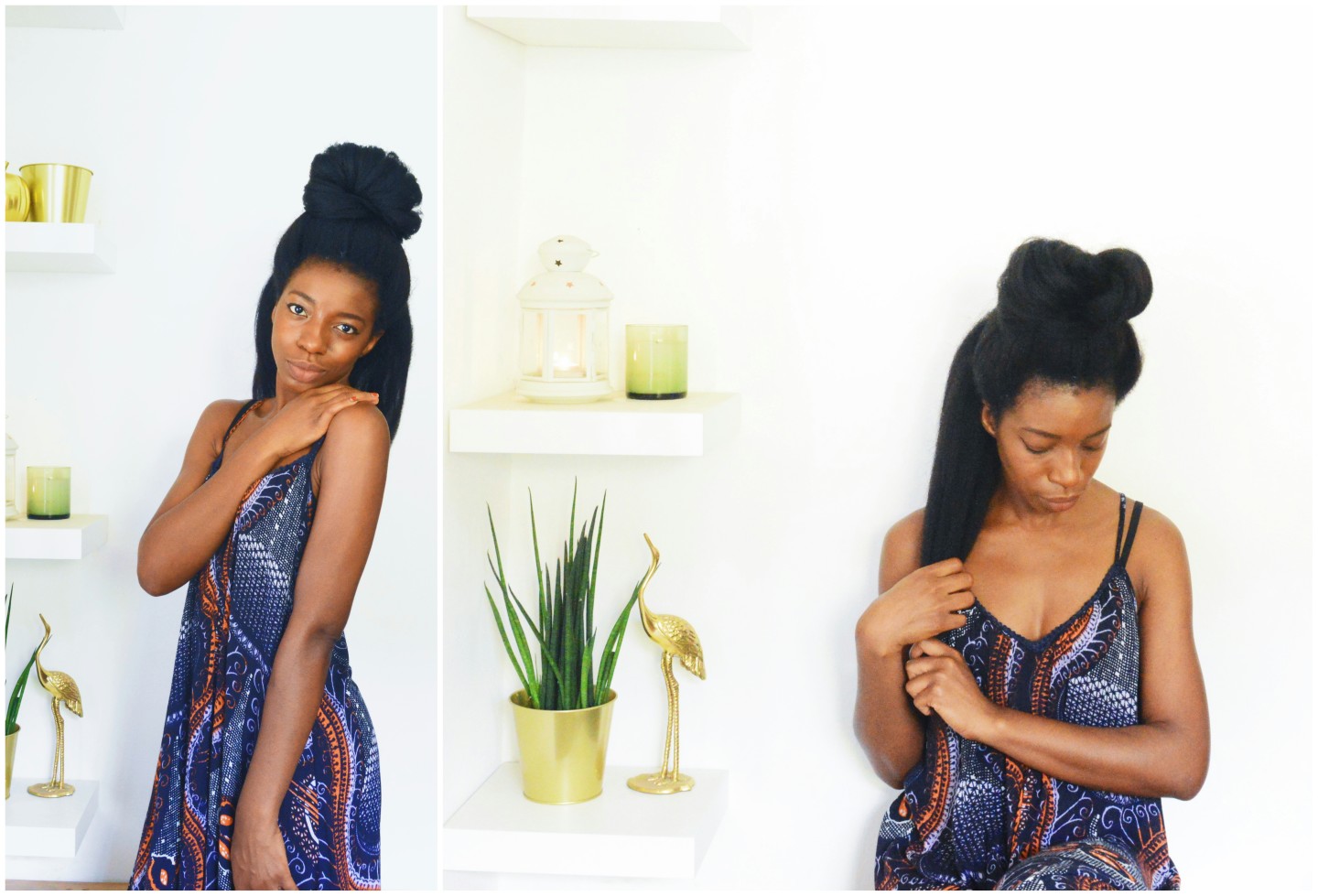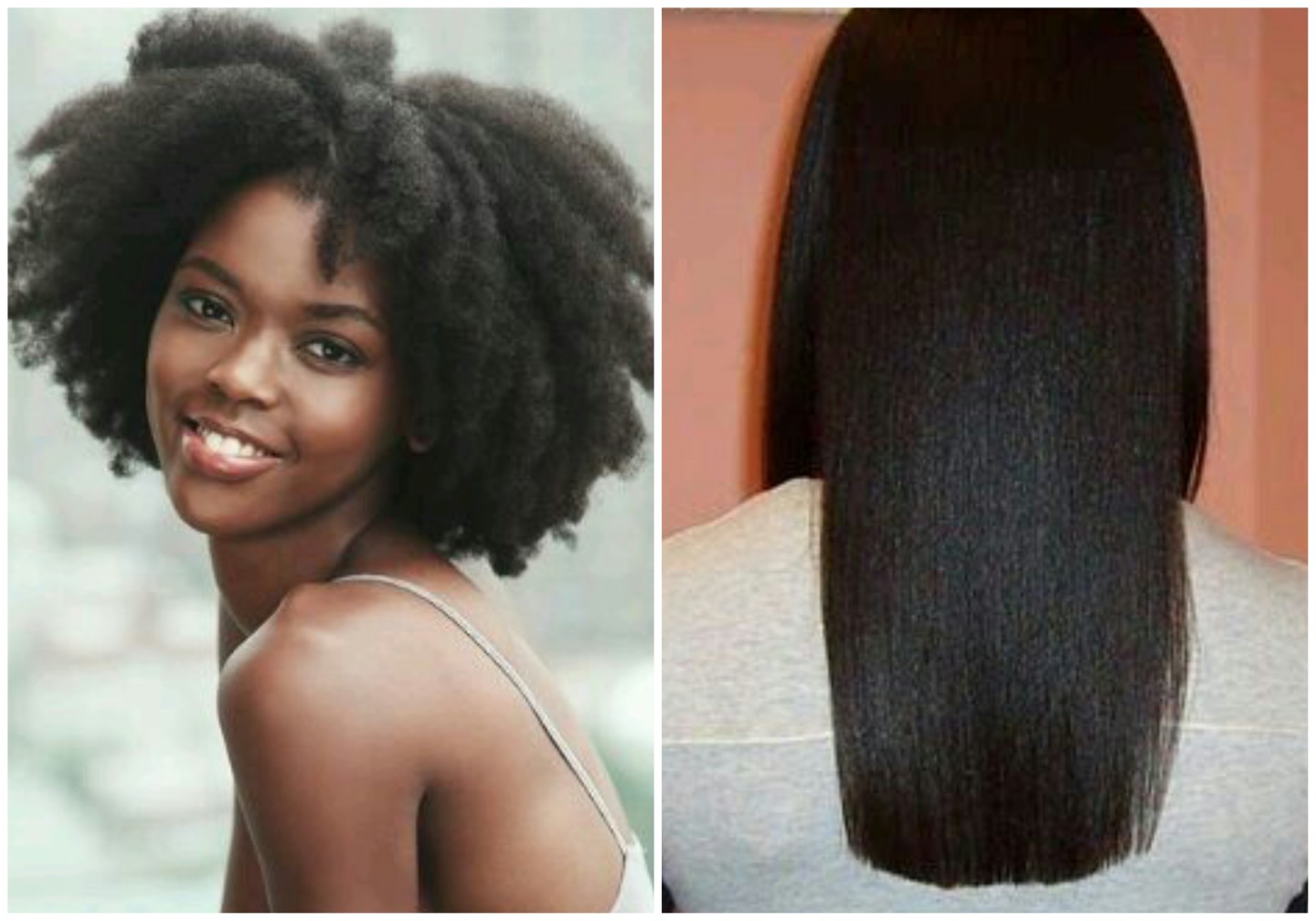
Image source: Pinterest
Hello ladies,
I wrote a post while back about the differences between natural and relaxed hair regimens to help readers understand that there are many similarities in caring for both hair types. If you would like to read that post please click here.
Working with so many ladies on their hair journey over the years via my consultation service, I have noticed the high volume of ladies transitioning from relaxed to natural. A new thing I’ve noticed however is the increasing number of ladies going back to relaxing after being natural for a few years. I get the feeling that in a few of these cases, some of these ladies are looking for a way out of hair care and think that swapping one hair type for the other will release them from the task of caring for their hair.
The reality is that both virgin and relaxed hair have their challenges and, in this post, I set out some the benefits and challenges of both hair types.
Benefits of Virgin (Natural) Hair
1) Natural hair that is well cared for is structurally stronger and healthier that relaxed/texlaxed hair that is well cared for.
2) Natural hair has a high level of elasticity which helps it fight breakage.
3) Natural hair fibres tend to have better volume, body and bounce than relaxed hair.
4) Versatility – Natural hair can be worn in straight hair styles and if healthy should revert to its kinky, coily and curly state when washed. Please note that the excessive use of heat can alter the texture ofnatural hair and in some cases, the hair may not fully revert to its original texture.
5) Natural hair has a beautiful and unique hair texture
Challenges of Virgin (Natural) hair
1) Although shrinkage is an indicator of healthy hair, natural hair that is left in its shrunken and compacted state for an extensive period will form knots, tangles and single strand knots. Trying to detangle hair that is badly tangled and knotted usually results in some breakage. For this reason, it is important for natural hair, when being worn loose, to be stretched out regularly.
2) The structure of natural hair makes it prone tangling and knotting on itself and this makes it more susceptible to breakage from manipulation. Combing and styling of natural hair must be done gently and only after being moisturised and detangled to reduce the risk of breaking.
3) Natural hair can be a bit more time consuming to detangle, comb and style than relaxed hair. A key factor is the need to first stretch the hair before many styles can be created. Some styles also require the use of many heavy gels and products to make edges sleek or make coils/curls pop however not all natural ladies go for that look.
4) Ladies who chose to wear their natural hair straight often achieve this look by using high levels of heat and this can result in heat damaged hair.
Benefits of Relaxed/Texlaxed Hair
1) Relaxed hair is less prone to knotting and tangling on itself because the relaxing process removes majority of the kinks and bends in natural hair fibres. This reduces the risk of breakage from manipulation and some ladies find it easier to retain length when their hair is relaxed.
2) There is less risk of single strand knots forming and there is no need to continually stretch relaxed hair. Although relaxed hair, especially if texlaxed does experience some level of shrinkage, it is not at degrees as high as that of natural hair.
3) Relaxed hair is less time consuming. Simple styles can be created without the need to stretch the hair first.
4) Relaxed hair is faster to detangle and comb. Please note that texlaxed hair, depending on how much texture is left in the hair and the length of the hair can be time consuming to detangle.
5) Versatility: relaxed hair when texlaxed can have the appearance and features of natural hair but can also be sleek and smooth like relaxed hair using very little to no heat.
Challenges of Relaxed/Texlaxed Hair
1) Relaxed/texlaxed hair is structurally weaker than natural hair. The relaxing process breaks down the protein in hair fibres and this weaker structure increases the risk of breakage.
2) Relaxed hair has lost some of its natural elasticity and this also increases the risk of breakage. Ladies who relax their hair should never allow their hair to become 100% straight when relaxing. The maximum level of straightness should be approximately 80% so that there is some elasticity left in the hair. The more texture you leave in your hair, the more of its natural strength and elasticity you will retain.
3) Relaxed hair that is over-processed can have a flat and lifeless look and feel. As already mentioned in the point above, not letting the hair go beyond 80% straight will help prevent the hair from becoming too limp.
4) Relaxed hair is easier to manage but more complicated to care for. Relaxed hair often has multiple porosity levels. It is difficult to determine the levels of protein and moisture balance that is right for each ladies relaxed hair.
What I hoped to achieve in this post is helping readers see that black hair has so many great qualities however it can be somewhat challenging to care for in both it’s virgin or relaxed/texlaxed state. It is possible for both to thrive so long as you put in the work required to get the results you desire. I hope this post has encouraged you in some way.
Do you think any hair type is easier than the other in terms of care? Lets have an open non-judgmental conversation about this 🙂
My next post will be an educative one about a cause of breakage most ladies are not aware of. I’ve drafted it already so it should be up this week. See you soon.
x
Lade
Learn | Change | Grow
